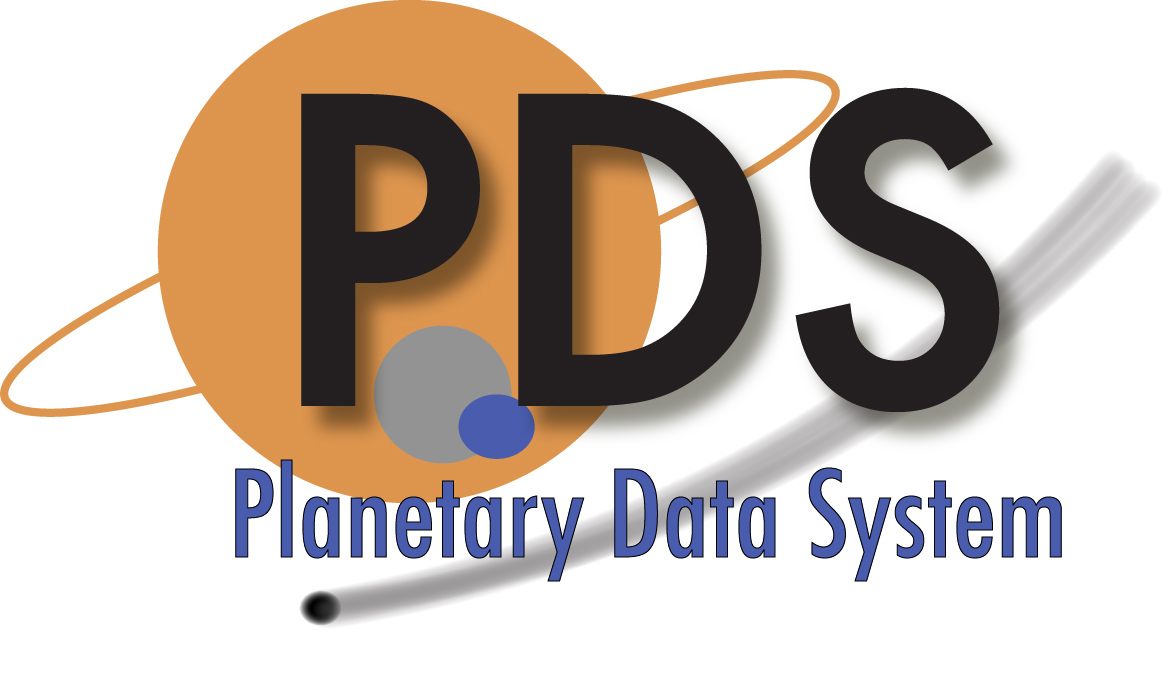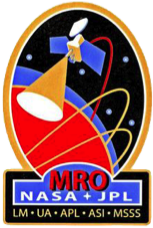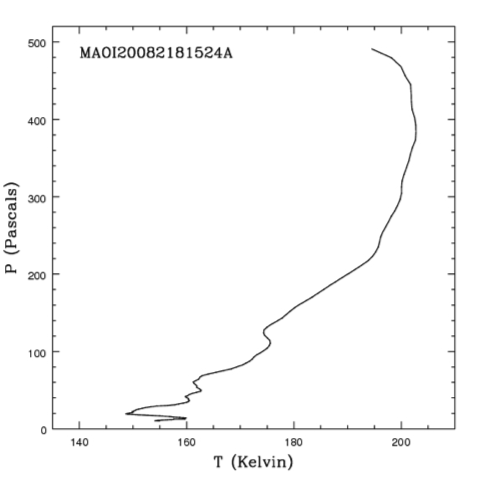MRO Radio Science Data
The MRO Mission goals did not include reduction of the MRO radio science occultation signals to derive temperature-pressure profiles. The mission goal was to use the radio signal to improve our understanding of the gravitational field of Mars. Thus, the raw Radio Science data records are archived at the Geosciences node with the derived-gravity data. This derived MRO T-P dataset is the result of detailed analysis by David Hinson (funded by the Mars Data Analysis Program) of the radio signal received from MRO as it entered and exited occultation by the planet. The spatial and temporal coverage in the radio occultation experiment are determined by the geometry of the spacecraft orbit and the dates and times at which occultation data were acquired. The current data set (which is expected to be added to as more derived profiles are generated) includes low latitude observations in 2008 and latitudes >45 ° N in 2009 and 2010. (See the similar MGS T-P dataset for additional spatial and seasonal coverage)
Available Data
Raw Data (EDR) See Geosciences node
Reduced Data (RDR)
mrors_2001
This data set is comprised of data products, each derived from an individual ingress or egress occultation. Each product lists observing parameters and a table including pressure, temperature and density and associated standard deviations as a function of radius (distance from the center of mass of the planet).
The following index (xlsx, txt) can be used to select desirable products and the aareadme file describes the dataset.
Additional Information
The Software Interface Specification (SIS) document provides a more detailed description of the data set while catalogue files in mrors_2001 define the mission, spacecraft and instrument.
Complementary dataset
See the MGS T-P dataset
 PDS: The Planetary Atmospheres Node
PDS: The Planetary Atmospheres Node




